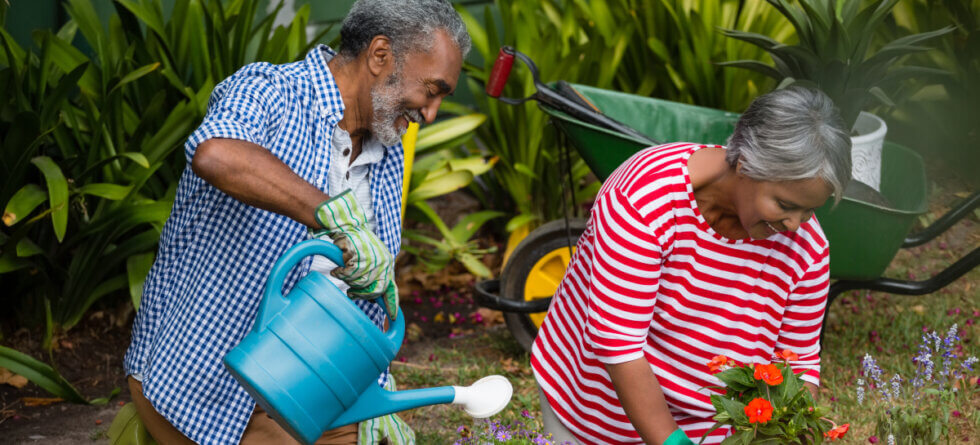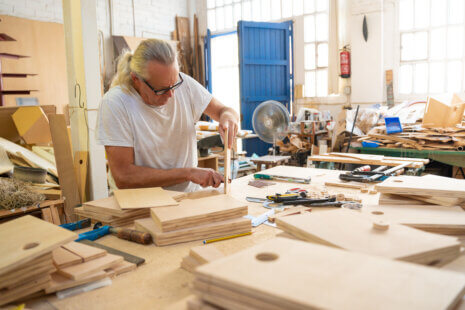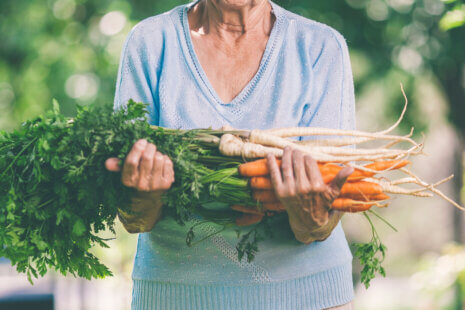Gardening, a beloved activity for many, holds a treasure trove of benefits, especially for seniors. It’s an engaging pastime that nurtures not just plants but the human spirit, encouraging physical activity, offering a sense of accomplishment, and fostering a connection with nature. However, as we age, the physical demands of traditional gardening can pose challenges. The good news is, with thoughtful adjustments, a garden can transform into a senior-friendly oasis, rich in accessibility and ease. Here, we delve into the essence of crafting such a garden, ensuring it remains a source of joy rather than discomfort.
The Foundation: Understanding Senior Needs
The key to a senior-friendly garden starts with empathy and understanding. Mobility issues, joint pain, and decreased stamina are common concerns that can make bending, lifting, and extensive walking problematic. Hence, a garden designed for seniors should minimize these strenuous activities, making gardening more about pleasure than pain.
Raised Beds and Containers: Bringing the Garden Up
Raised garden beds are the cornerstone of accessible gardening. By elevating the bed to waist or bench height, seniors can plant, weed, and harvest without the need to bend or kneel. This simple adjustment can significantly reduce strain on the back and knees, making gardening much more enjoyable. Similarly, container gardening offers mobility and flexibility, allowing gardeners to place pots on stands or caddies that can be moved as needed.
Pathways and Access: Ensuring Safe Navigation
Accessible pathways are critical in a senior-friendly garden. Paths should be wide, stable, and level, offering easy navigation for those with walkers, canes, or wheelchairs. Materials like smooth paving or compacted gravel provide firm footing, reducing the risk of trips and falls. Additionally, incorporating handrails or supports along pathways can offer extra stability for those who need it.
Tools and Technology: Lightening the Load
Gardening tools have come a long way, with many innovations designed to make gardening less laborious. Ergonomically designed tools with longer handles and lightweight materials can help reduce strain on hands and arms, making gardening tasks more manageable. Automated systems for watering and drip irrigation also reduce the need for carrying heavy watering cans, ensuring plants receive the hydration they need with minimal effort.
Choice of Plants: Low Maintenance, High Reward
The choice of plants plays a pivotal role in the enjoyment and sustainability of a senior-friendly garden. Opting for perennials over annuals can reduce the need for yearly replanting. Similarly, selecting drought-tolerant and disease-resistant varieties can minimize the need for constant watering and care. Incorporating shrubs and trees can add beauty and shade while requiring less day-to-day maintenance than more labor-intensive flower beds and vegetable patches.
Sensory Gardens: A Delight to the Senses
A sensory garden, designed to stimulate the senses, can be particularly enriching for seniors. Incorporating plants with various textures, colors, smells, and tastes not only enhances the beauty of the garden but also supports cognitive health and provides a therapeutic experience. Fragrant herbs, rustling grasses, and vibrant flowers can transform the garden into a stimulating sanctuary.
Social Spaces: Cultivating Community
Gardening is not just about plants; it’s also about people. Including seating areas and social spaces within the garden invites relaxation and companionship. Benches, gazebos, or even a simple table and chairs can provide a comfortable spot for seniors to rest, enjoy the beauty of their surroundings, or share gardening stories with friends and family.
Safety First: A Precautionary Approach
Safety should always be a priority in a senior-friendly garden. This means ensuring that tools are stored securely, walkways are kept clear of obstacles, and hazardous chemicals are used sparingly or not at all. Automatic lighting along pathways and in work areas can also enhance visibility and prevent accidents during dusk or dawn.
Personalization: Reflecting Individual Interests
Every gardener has their unique preferences and interests, and a senior-friendly garden should reflect this. Some may favor growing vegetables and herbs to use in cooking, while others may find joy in cultivating a colorful flower garden. Encouraging personalization ensures that the garden remains a meaningful and engaging space.
Conclusion
Creating a senior-friendly garden is an investment in well-being, offering a nurturing environment that respects limitations while celebrating the ability to grow and thrive. It’s about adapting the space to meet individual needs, ensuring that gardening remains a source of pleasure, achievement, and healthful activity. In doing so, we not only cultivate plants but also enrich lives, proving that gardening truly is gold for the soul, regardless of age.
As the silver generation continues to seek activities that promote a vibrant lifestyle, gardening emerges as a golden opportunity. By redesigning our gardens with accessibility and enjoyment in mind, we open the door to a world of gardening that can be enjoyed for a lifetime. So let us embrace these adaptive strategies, ensuring that the joys of gardening are accessible and enriching for seniors, fostering a deeper connection with nature and each other.



